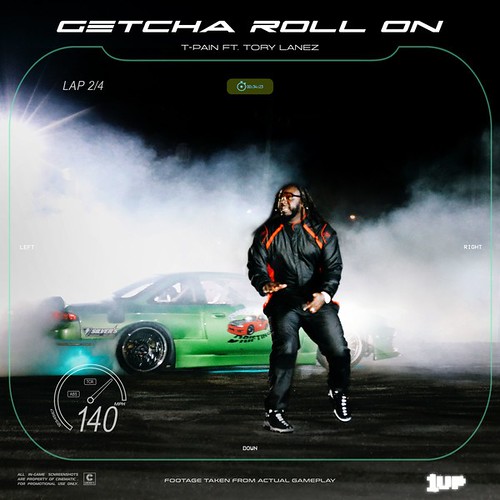O generate an experimental circumstance that was as controlled as these
O develop an experimental scenario that was as controlled as these in Research two and 3, but with all the addition of a genuine expense to participants. The design was identical to Study three, plus a firstperson, nonfictional scenario was made based on the rationale of the dice game utilized in Study three. Study five employed the exact same rationale as Study 4, but enhanced the methodology immediately after the `target’ Mivebresib web manipulation check failed in Study 4, so as to ensure the believability of the setup.Study 4 methodParticipants. 200 participants (five female, 85 male; imply age 23.03, SD 5.34) have been approached on the campus of University College London by an experimenter blind towards the hypotheses of your study. Online consent was obtained from all participants, in line with ethical approval as granted by the (then) Department of Cognitive, Perceptual and Brain Sciences, UCL. Style. Participants have been randomly assigned to a 2 (severity: adverse vs. neutral) x two (target: self vs. other) betweenparticipants design. Supplies and process. Participants were informed that the study concerned participants’ perceptions of games. Inside the `self’ condition, participants have been told that they have been going to play a game now, whereas within the `other’ situation, participants were explicitly told that they would not play the game themselves. Initial, participants were provided verbal instructions regarding the game. Within the `negative self’ condition, participants had been handed (holding an endowed object has been shown to raise perceived ownership [68]) and also the experimenter (who was blind for the experimental hypotheses) put six differently coloured counters (one of which was red) within a bag. It was explained that the participant was going to draw four counters in the bag, whilst constantly putting the counter back inside the bag PubMed ID:https://www.ncbi.nlm.nih.gov/pubmed/20876384 just after each and every draw. Participants were informed that if they had been to pull out the red counter on at the very least one of many four draws, they will be asked to give the back, otherwise they could maintain the cash. In the `negative other’ condition, participants had been shown the but were not handed the money. The instructions have been identical but rather than straight addressing participants, the game was described in the perspective of “a player of this game”. Within the neutral situations there was no reference to the , and as a result no outcome was attached to drawing the red counter. Following these verbal directions, participants study descriptions from the game once more, presented by means of the application Qualtrics on an iPad, and had been told that we would like them to answer some queries in regards to the game. In all circumstances, participants have been then asked to estimate the opportunity that they (or the player of this game) would draw the red counter no less than as soon as. Answers have been given on sliding scales from 000, once more on the iPad. Following, as a manipulation verify, participants  answered the two concerns “how terrible would it be if at the very least a single red counter was drawn” (not terrible at allvery undesirable) and “how a great deal would you personally be affected if at the very least a single red counter was drawn” (not at allvery substantially) on 7point scales.PLOS One particular DOI:0.37journal.pone.07336 March 9,25 Unrealistic comparative optimism: Search for evidence of a genuinely motivational biasStudy five methodAs previously described (and outlined beneath), the manipulation verify questions for Study 4 recommended the target manipulation failed. Furthermore, the experimenter (MS) observed that several participants acted as although to return the right after `not losing’, and had been surprised that they.
answered the two concerns “how terrible would it be if at the very least a single red counter was drawn” (not terrible at allvery undesirable) and “how a great deal would you personally be affected if at the very least a single red counter was drawn” (not at allvery substantially) on 7point scales.PLOS One particular DOI:0.37journal.pone.07336 March 9,25 Unrealistic comparative optimism: Search for evidence of a genuinely motivational biasStudy five methodAs previously described (and outlined beneath), the manipulation verify questions for Study 4 recommended the target manipulation failed. Furthermore, the experimenter (MS) observed that several participants acted as although to return the right after `not losing’, and had been surprised that they.
